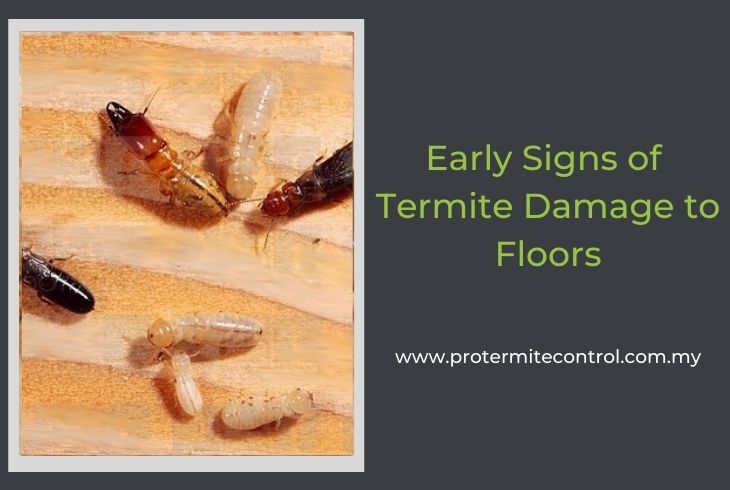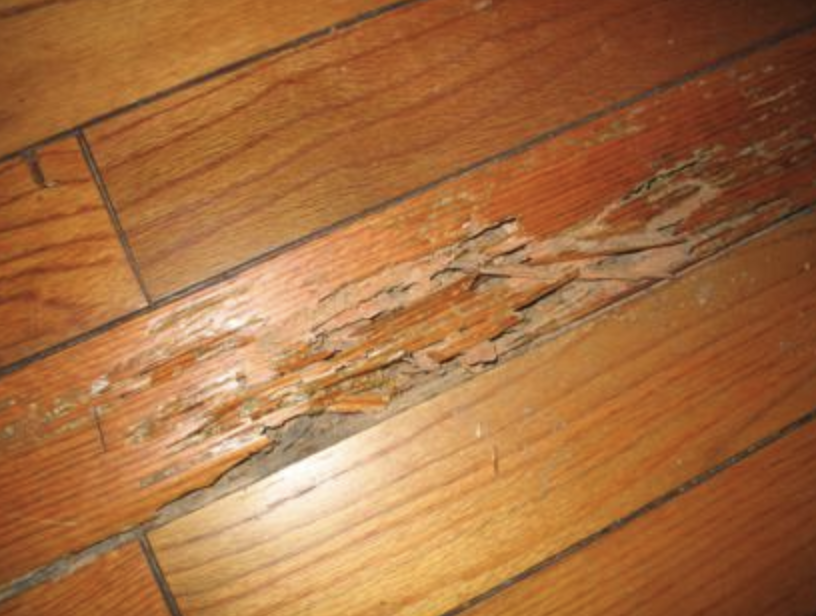

Termite damage appearing in wood trim can be a serious problem, leading to extensive structural damage and costly repairs if left untreated. Imagine finding unsightly holes and crumbling wood in your otherwise beautiful trim—a sight that immediately dampens your home’s appeal. This article explores the early signs of termite damage in wood trim, offering practical strategies for identifying the issue, preventing further damage, and ensuring your home’s structural integrity. We will explore the various visible indicators, delve into potential underlying causes, and outline the necessary steps to address the situation. The structure of this article will begin by outlining common signs, and then proceed to detail the key steps to take if you suspect a problem. We will also delve into preventative measures you can employ, ensuring your home remains protected from future termite infestations.
Identifying the Early Signs of Termite Damage
Visible Indications of Termite Activity
Identifying termite damage in wood trim often requires a keen eye for the subtle signs. Early detection is critical to prevent significant damage and costly repairs. One of the primary visual cues is the presence of small, mud-like tunnels, often found along the trim or in crevices. These tunnels are frequently left behind by foraging termites and are indicative of their presence. Furthermore, look for small holes or pinprick-sized openings in the wood. Sometimes, these appear as scattered, fine dust that resembles saw dust.
Wood Texture Changes
Related Post : Mice Leaving Droppings in Pantry? Safe Ways to Remove and Prevent
Examine the wood trim for any signs of warping, swelling, or crumbling. These changes in texture can be a significant indicator of an ongoing termite infestation. As termites feed on the wood, the wood can visibly change, becoming more brittle and susceptible to further damage. A noticeable change in the consistency of the wood is another sign to be aware of. If you notice the trim feels unusually soft or spongy, this is another potential indicator.
Understanding the Underlying Causes of Termite Damage
Moisture Levels and Termite Attractiveness
High moisture levels can create a favorable environment for termites, making wood trim an attractive target. Water damage, leaks, or excessive moisture in the vicinity of the trim can attract termites, creating a conducive habitat for them to thrive. Regularly checking for signs of water damage in the home is important to prevent termite infestations. Properly addressing moisture problems in the home is key to preventing termite issues.
External Factors
Factors outside of the home itself can also contribute to termite activity. Proximity to trees, bushes, or other wood structures can expose your home to increased termite presence. If there are any areas in your yard or landscaping near your home that are susceptible to termite issues, preventative measures to deter termite activity can be considered.
Preventative Measures and Control Strategies
Professional Inspection and Treatment
Regular inspections by qualified professionals are highly recommended for preventing termite damage. Professionals possess the expertise and tools necessary to identify potential infestations early on and implement effective control strategies. These professionals have extensive training and experience dealing with termite damage and have the tools required to address the issue effectively. They can also provide preventative recommendations.
Creating a Barrier Against Termites
Creating a barrier around the foundation of your home using termite-resistant materials is a key component in preventing future infestations. Employing barrier methods can significantly reduce the chance of termite damage. Using wood treatments and sealants can also create an impenetrable barrier against termites. It is crucial to identify the specific termite species present in your area for effective preventative measures.
The Significance of Timely Intervention
Costly Repairs and Structural Damage
Prompt attention to termite damage is essential to prevent extensive structural damage and significant financial costs associated with repairs. The earlier termite damage is addressed, the less extensive the repairs will be. Ignoring the problem will likely lead to more expensive repairs down the line. Identifying and addressing the issue early is a crucial aspect of preventative maintenance.
Maintaining Home Value and Structural Integrity
Untreated termite damage can compromise the structural integrity of your home, potentially leading to costly repairs or even a loss in home value. Maintaining the structural integrity of your home is crucial for its long-term stability and value. The integrity of your home depends on timely identification and treatment of termite infestations.
Long-term Solutions
Routine Inspections
Implementing a schedule for routine inspections, potentially once per year, can greatly aid in identifying potential issues early. This proactive measure can save you significant money and frustration in the long run. Proactive maintenance is key to long-term protection against termite damage.
Professional Treatment Strategies
Professional treatment strategies can help to permanently eliminate termites and prevent future infestations. This method can provide peace of mind and significantly reduce the risk of further damage. Professional services will often include preventative measures.
In conclusion, identifying termite damage early in your wood trim is crucial for preventing further destruction and costly repairs. By recognizing the early signs, you can take proactive measures to eliminate the infestation and protect your home. Remember to seek professional pest control services if you suspect a termite problem, as they possess the expertise and tools to effectively handle the situation. Early detection and prompt action are key to maintaining the structural integrity and aesthetic appeal of your home. Contact a qualified termite inspector today to schedule an inspection and gain peace of mind about the health of your property.